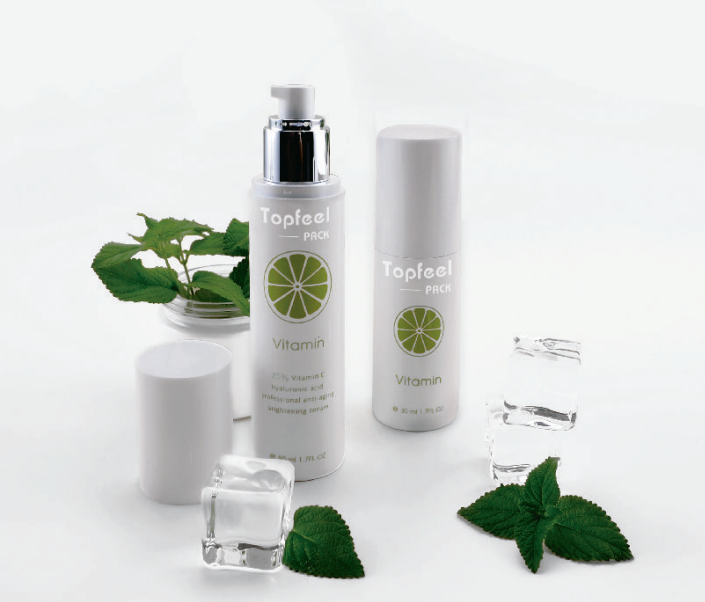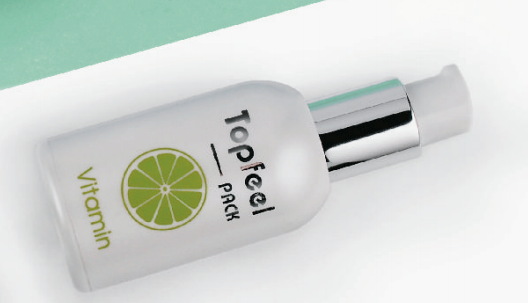Packaging plays a crucial role in branding and product presentation, and two popular techniques used in enhancing the visual appeal of packaging are silkscreen printing and hot stamping. These techniques offer unique benefits and can elevate the overall look and feel of packaging, making it more attractive and eye-catching to consumers.
Silkscreen printing, also known as screen printing, is a versatile and widely used method for applying artwork or designs onto various materials, including packaging. It involves transferring ink through a screen onto the desired surface to create a vibrant and durable print.

Silkscreen printing offers several advantages over other printing methods, making it a popular choice for packaging.One of the primary benefits of silkscreen printing is its ability to achieve vibrant and opaque colors. The ink used in silkscreen printing is generally thicker and more pigmented compared to other printing methods, allowing for bold and vivid colors that stand out on packaging. This is especially beneficial when working with darker or colored packaging materials, as the opaque inks ensure the design remains visible and vibrant.Silkscreen printing also provides excellent color accuracy, ensuring that the printed design matches the desired colors precisely. This is particularly important for brands that have specific color schemes and want to maintain consistency across their packaging.
With silkscreen printing, brands have more control over color reproduction, allowing them to achieve the exact hues they envision for their packaging.Furthermore, silkscreen printing offers excellent durability and resistance to wear and tear. The ink used in this printing method is typically cured using heat, which results in a robust adhesion to the packaging surface. This makes silkscreen printing ideal for packaging that undergoes frequent handling, transportation, and storage without compromising the quality and appearance of the printed design.
In addition to silkscreen printing, another technique commonly used in packaging is hot stamping. Hot stamping involves applying a metallic or colored foil onto the packaging surface using heat and pressure. This technique creates a visually striking and luxurious effect, making packaging stand out on the shelves.Hot stamping offers a wide range of options in terms of foil colors and finishes, allowing brands to create unique and eye-catching packaging designs. Metallic foils, such as gold or silver, exude a sense of luxury and sophistication, while colored foils can be used to match the brand's color scheme or create a specific visual effect. Additionally, different finishes, such as glossy or matte, can be applied to the foil, providing even more customization options for packaging.One of the key advantages of hot stamping is its ability to create a tactile and textured effect on packaging. The combination of heat and pressure transfers the foil onto the packaging, resulting in a raised, embossed, or debossed effect. This adds depth and dimension to the packaging design, enhancing its visual appeal and creating a memorable sensory experience for consumers.


Another benefit of hot stamping is its durability and resistance to fading or scratching. The foils used in hot stamping are designed to withstand everyday wear and tear, ensuring that the packaging maintains its luxurious and pristine appearance, even after prolonged use. This durability makes hot stamping an excellent choice for packaging that requires longevity and needs to preserve the brand's image.Both silkscreen printing and hot stamping offer tremendous possibilities for packaging design, and the combination of these techniques can result in visually stunning and premium packaging.
Brands can utilize silkscreen printing for vibrant and opaque colors while incorporating hot stamping to add metallic accents, textures, and a touch of luxury.It is essential to consider the packaging material and design when choosing between silkscreen printing and hot stamping. Silkscreen printing is suitable for flat or slightly curved surfaces, making it a versatile option for box packaging or labels. On the other hand, hot stamping works best on rigid materials such as boxes or containers, providing a seamless and visually appealing finish.In conclusion, both silkscreen printing and hot stamping techniques offer unique benefits for packaging design. Silkscreen printing provides vibrant and opaque colors, excellent color accuracy, and durability, making it an ideal choice for bold and long-lasting packaging. Hot stamping, on the other hand, creates a luxurious and visually striking effect with metallic foils, textures, and embossed or debossed details. By utilizing these techniques, brands can elevate their packaging, attract customers' attention, and leave a lasting impression.
Post time: Nov-08-2023
